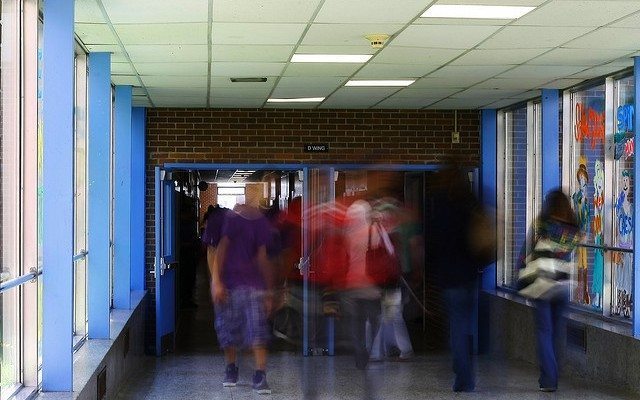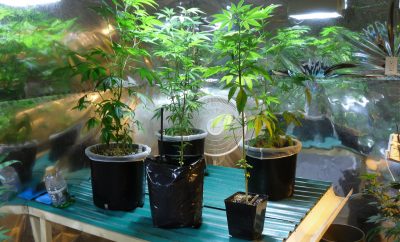
News
3 Kinds of Teen Drug Dealers, Study Says
Picture a drug-dealing teenager in your head. Maybe he’s white. Maybe he’s black. Maybe he’s hispanic or asian. But if the image you’ve conjured looks anything like those portrayed in the media, three things remain the same; he’s a man, his clothes are baggy, and you can probably find him in a back alley somewhere, slapping hands with junkies for cash.
But in a study featured in the Sept. issue of the Journal of Criminal Justice, social work researchers have found that the old corner store cliché of adolescent drug-sellers no longer suffices. Authors Jeffrey Shook, Michael Vaughn, and Christopher Salas-Wright argue that there are three different classes of adolescent drug dealers: dabblers, delinquents, and externalizers.
Dabblers, Delinquents, and Externalizers
According to the study, dabblers rarely use illicit substances themselves, and participate in violent or risky behavior even less. But in comparison with the general population, dabblers still show signs of elevated, marijuana, tobacco, and alcohol use. Of this class, 62% said that they have sold drugs only one or two times in the last year.

A new study shows three classes of teen dealers, all of which share elevated levels of marijuana, alcohol, and tobacco use. Courtesy of Torben Hansen via Flickr.
Delinquents, however, participate in violent behavior more often than dabblers. “Members of the delinquent class” reads the study, “were significantly more likely to reside in households earning less that $20,000 or between $20,000 and $49,000 per year.” But among this class, teenagers were not likely to use illicit drugs like crack/ cocaine, or other hallucinogens.
Finally, the group the authors deemed the “externalizers” engaged in risky and violent behavior the most. Externalizers often come from broken homes, and households where parents do not condemn the use of illegal substances. Externalizers often times belong to peer groups where drug use is the norm.
The study, called “Exploring the Variation in Drug Selling Among Adolescents in the United States,” uses data from the National Survey on Drug Use and Health (NSDUH.) The researchers panned through a pool of 12 to 17 year-olds from across the country to find 3,080 adolescents who reported to have sold drugs in the last 12 months. They then ran analysis on participants for attributes ranging from grades in school to propensity toward risk.
One of the authors, Jeffrey Shook PhD, is an associate professor of social work at the University of Pittsburgh who holds a doctorate in sociology from the University of Michigan. He first began to look at youth drug dealing while writing his dissertation on how court systems process juvenile delinquents. Shook says he began to see trends between selling drugs, and using them.
“The more that I got into it, the more that I looked at some of these links, particularly the link between use and dealing. A lot of the ethnographies that we get, a lot of them focus on urban drug dealing which doesn’t show as strong of a link [between use and dealing] as I think that we’re finding.”
Interventions, New Approaches
In the past, scholars have delved into the differences between drug-dealing youth and the general youth population; but never before has such a study been performed with the guise of comparing drug dealers to other drug dealers. This, the researchers say, will “help reveal key differences in the characteristics and behaviors of these young people and aid in the development of interventions that better reflect the nuances of drug dealers and drug markets.”
One possible intervention, Shook says, could be community based treatment. Rather than the current system, which he believes has a woefully misguided focus on “a more punitive response,” weeding out drug use at the grassroots level could have substantial results.
But he admits that adolescent drug dealing is an area that needs more research before any solid claims can be made on how to bring about wholesale change in the system.
“Each [study] tells you a little part of the story. You have to keep doing them and putting together the picture. I think there’s a lot more work to be done,” Shook said.
—
Featured image courtesy of [Justin Scott Campbell via Flickr]








Comments